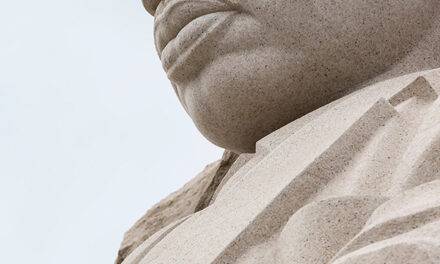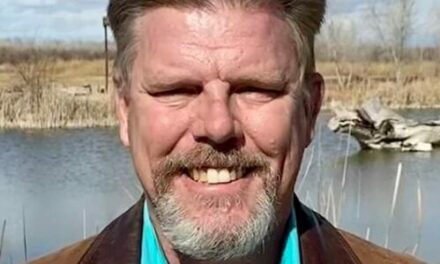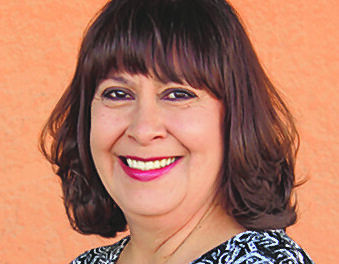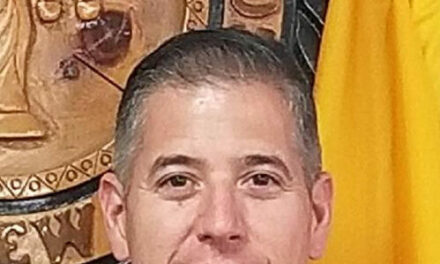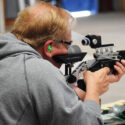soil & water conservation
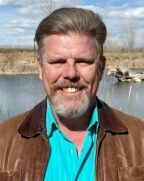
Andrew Hautzinger
As this newspaper’s good readership will recall, last April the Big Hole Fire flamed through more than 900 acres of the bosque, consuming many ancient trees, and razing more than 100 acres of the Whitfield Wildlife Conservation Area complex.
Since that fire — the biggest bosque fire on record — the Valencia Soil and Water Conservation District has been working with many partners to prepare Whitfield’s restoration. Today’s column describes our district’s recovery efforts, with a focus on our upcoming workshop to build Whitfield recovery plans with science as our guide.
Our team’s post-fire assessment provides a few important observations. One, the silver lining in the loss of more than 1,000 trees when 75 percent of the Whitfield conservation lands burned is the opportunity to strategically rebuild, together with community members, especially with those who planted many of the trees that were lost.
Rebuilding the Whitfield complex will be powered by scientific guidance from the fields of botany, ecology, hydrology, soils and the climate sciences. Our district plans to rebuild the preserve with climate-adapted plant selections in a manner that reduces the likelihood of another catastrophic fire, while being resilient in the face of our changing climate.
Our team’s second observation after the fire is a simple acknowledgement that the management of our bosque needs to change.
Currently, we are certain that if nothing changes, come the next bosque fire the heroes in our fire-fighting community will again be stuck outside the burning bosque, trying to protect lives and homes, while the riparian forest itself is left to burn because of minimal access, defensible spaces, and lack of proper equipment and training to directly engage fires in the bosque. Thus, the golden opportunity from the Big Hole Fire is using the losses from the fire as motivation to work with many to improve how we manage the treasured bosque in the floodplains of the Middle Rio Grande.
Accordingly, on April 6-7, our district will convene a workshop of experts to plan Whitfield’s restoration. This private roundtable will develop a climate-adapted revegetation design for our Whitfield complex lands. Bringing together 30 subject-matter experts (in ecology, biology, soils, fire management, etc.), we will develop a customized list of plant species that are native to the greater Middle Rio Grande ecosystem, and are likely to thrive in the expected hotter and drier weather ahead, and are fire-adapted (selecting plants based on their fire behavior).
Our district plans to apply this customized plant list for Whitfield restoration, identifying what plants will go where (and why), while including other considerations like the development of a system of fire breaks and an improved water delivery infrastructure. Fire breaks are largely absent in our stretch of the Middle Rio Grande, but are critical to fire-fighting, as they provide access and a defensible space for fire fighters.
One aspect of the workshop that I am especially hopeful for is the requirement that each participant bring into the conversation at least one or two “out of the box” tree species that could be part of Whitfield’s restoration. Formulating a new plant list provides an opportunity to go beyond the cottonwood and willow tree species that are typically utilized in restoration projects on the river’s floodplain.
The valley’s natural history reveals a much more diverse set of native trees that once thrived in the floodplain. This workshop will delve into the question of, “Can we add to our restoration plant pallet a few native trees that some decades ago graced the Middle Rio Grande valley, but are now rarely seen?”
Last, our district invites you to three upcoming events. This Saturday, March 25, the Valencia Soil and Water Conservation District is hosting an Agriculture Appreciation Day that will feature a “no-till drill” demonstration, as well as talks on micro-farming, cover crops, dealing humanely with wildlife, and small animal farming.
On April 21-22, we hope you’ll join us for our biggest annual event: Earth Day Fiesta, a weekend full of free family-friendly, interactive, educational activities, including live animals and more. And kind readers will recall that the Friends of Whitfield organization will be hosting its annual Silent Auction fundraiser, running from April 1-22, so please consider bidding on some of the hundreds of items donated by local businesses in support of the community asset that is your Whitfield Wildlife Conservation Area complex. Visit friendsofwhitfield.org for more details.
(Andrew Hautzinger is the district director of the Valencia Soil and Water Conservation District.)
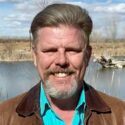
Andrew Hautzinger, guest columnist
Andrew Hautzinger has been the district director for the Valencia Soil and Water Conservation District since 2020. Prior to that, he was a volunteer VSWCD board member for 12 years and spent many years volunteering at the Whitfield Wildlife Conservation Area.
Hautzinger has a bachelor of science in watershed sciences from Colorado State University. He worked for more than 27 years as a federal hydrologist working for agencies within the Department of Interior including the U.S. Bureau of Land Management, U.S. National Park Service, and for the final 20 years of his career, with the U.S. Fish and Wildlife Services’ National Wildlife Refuge System.
